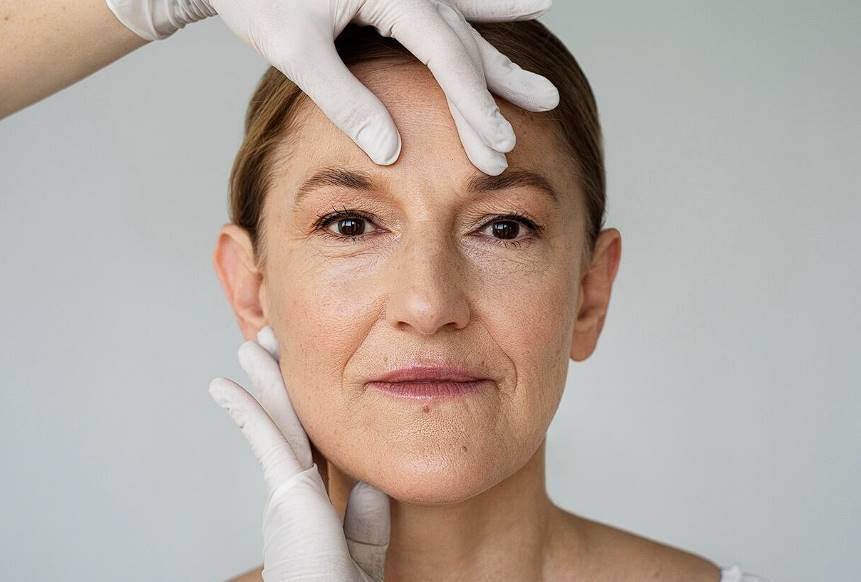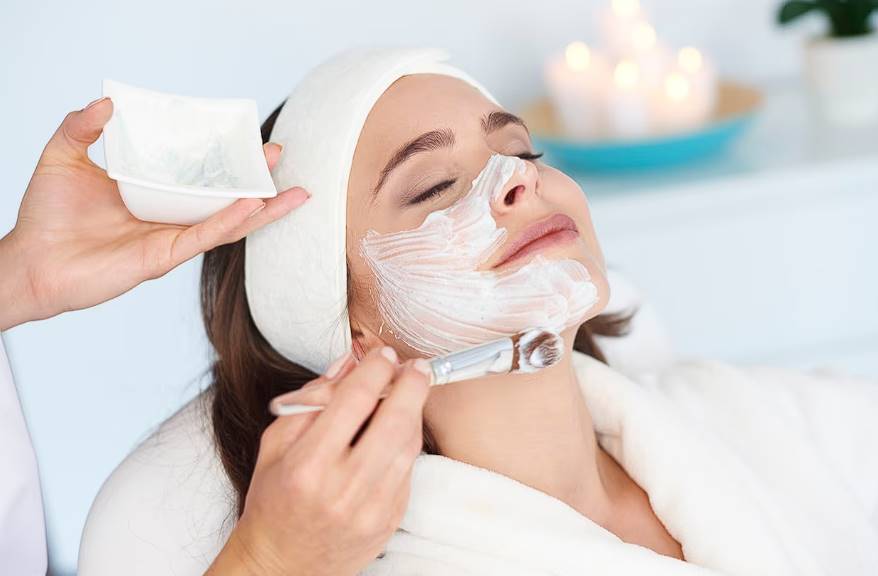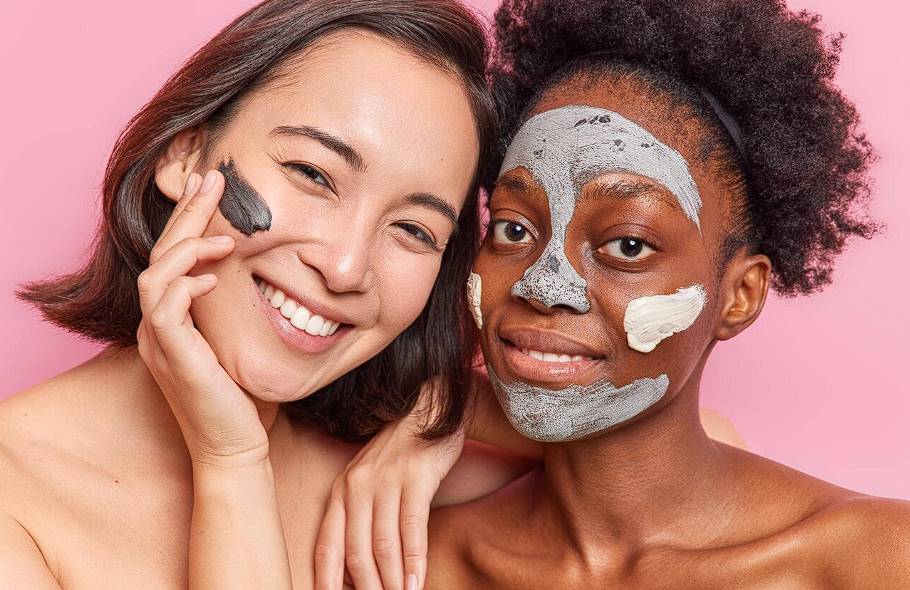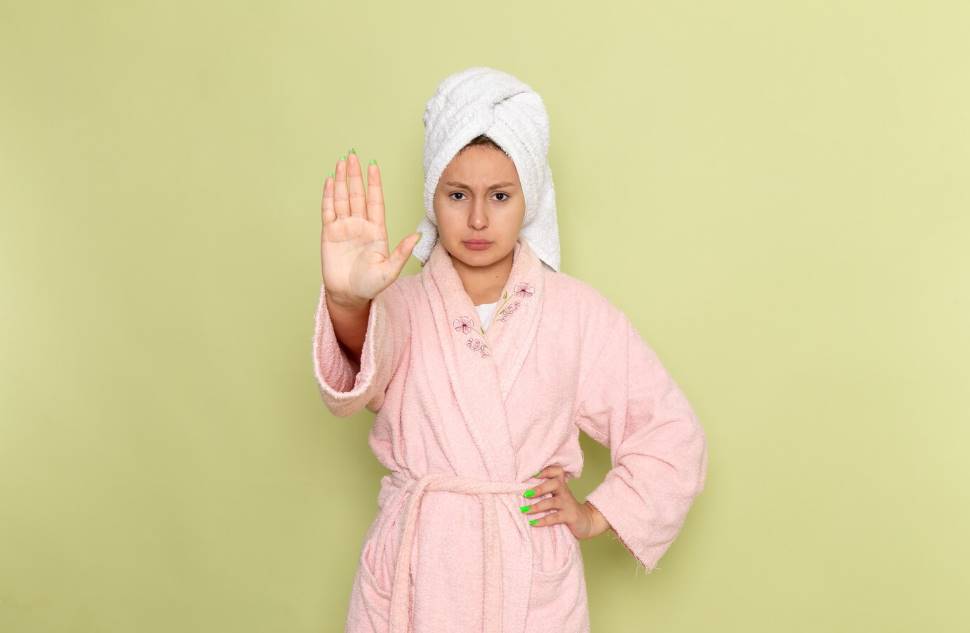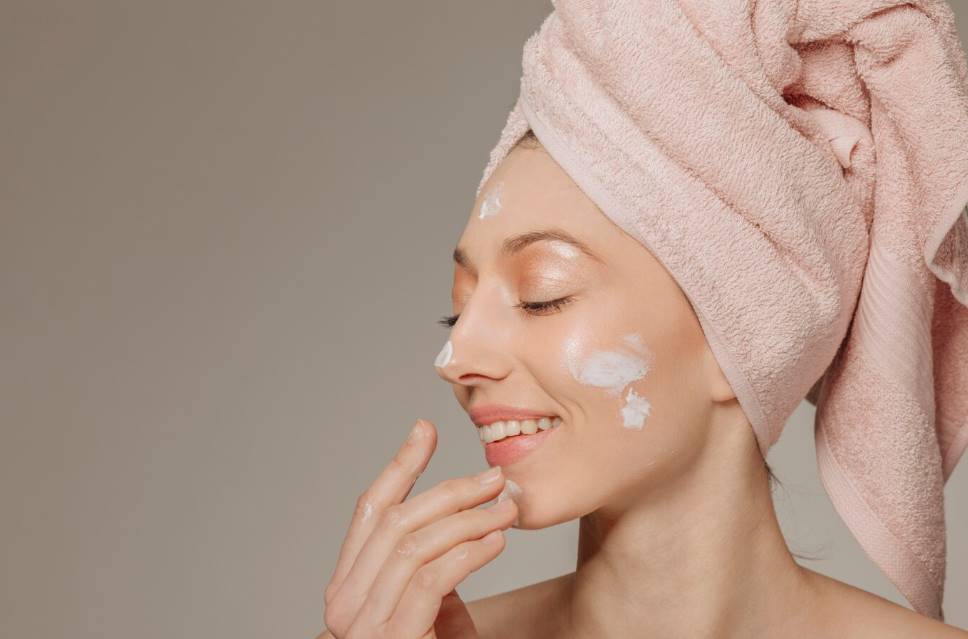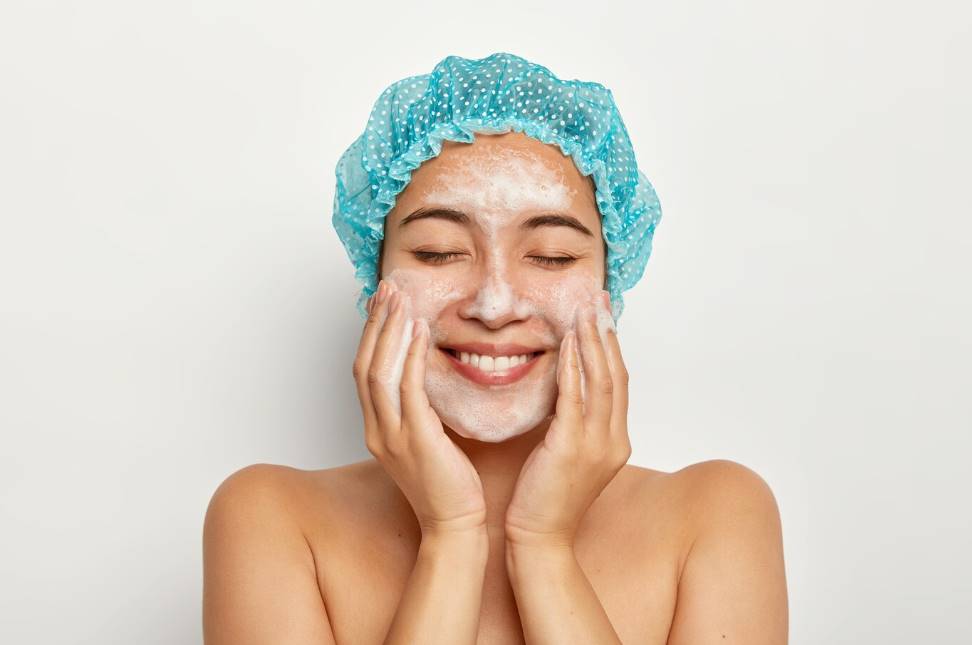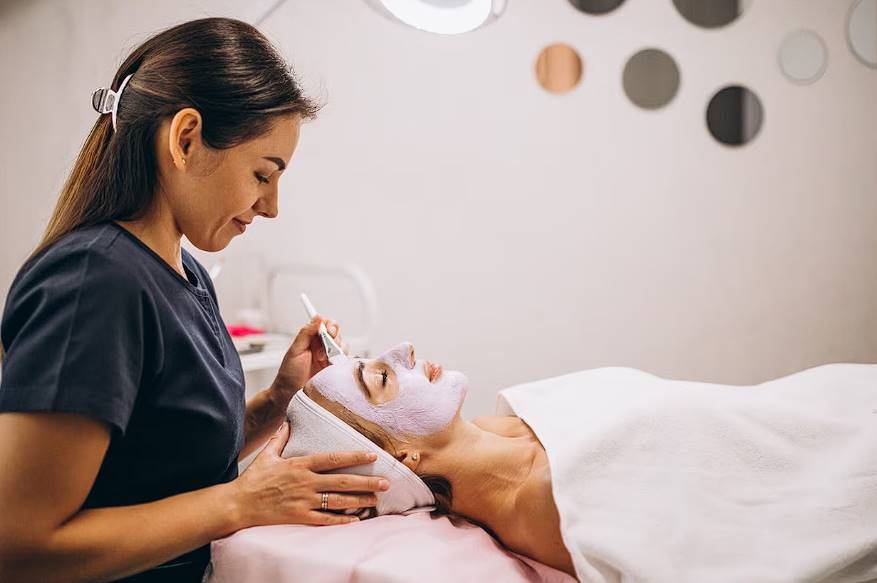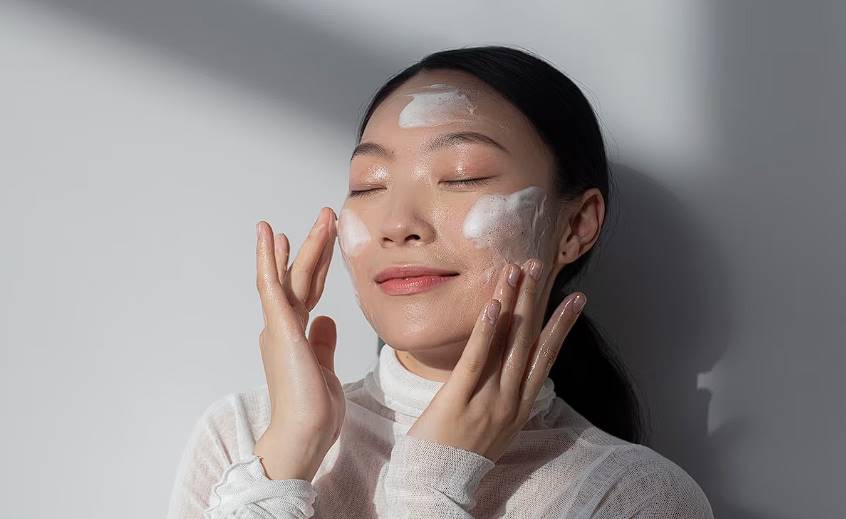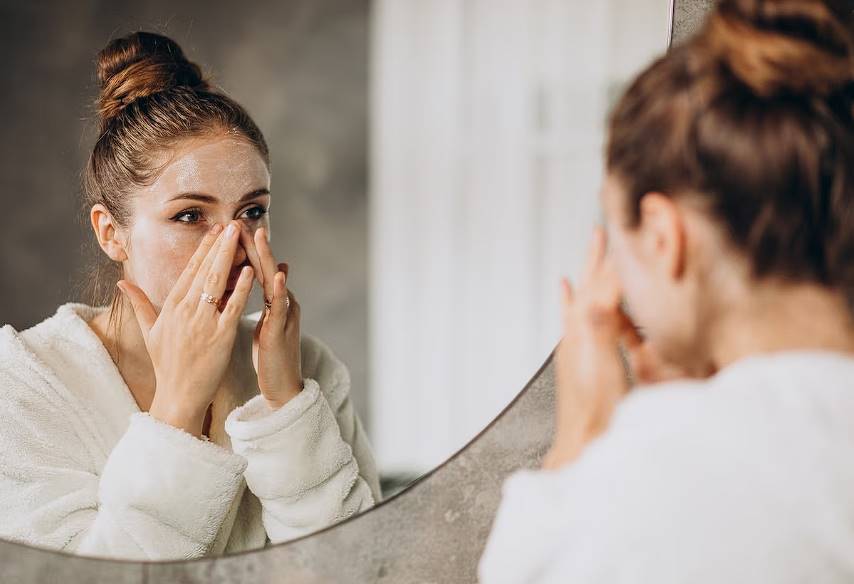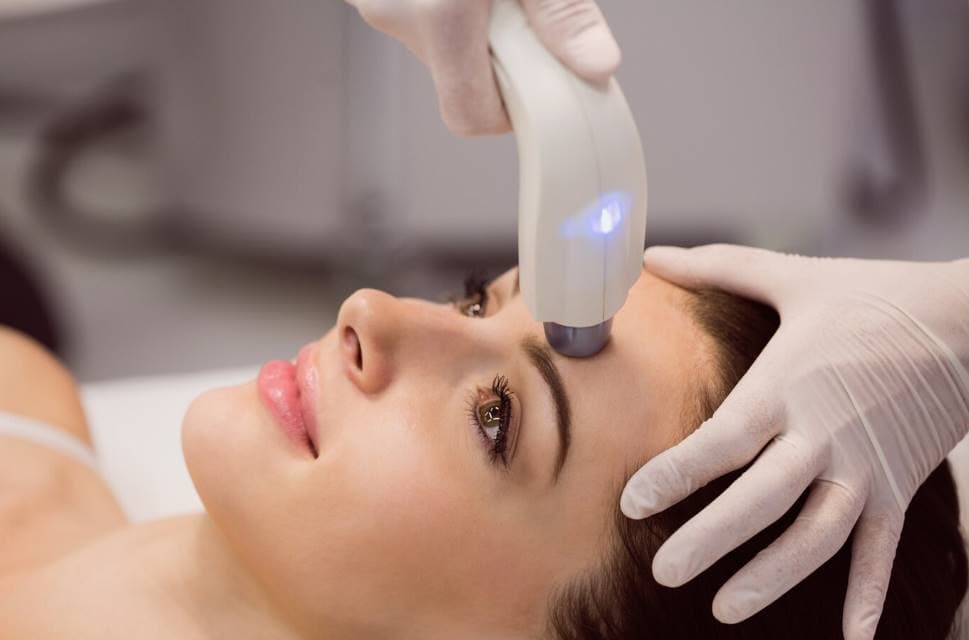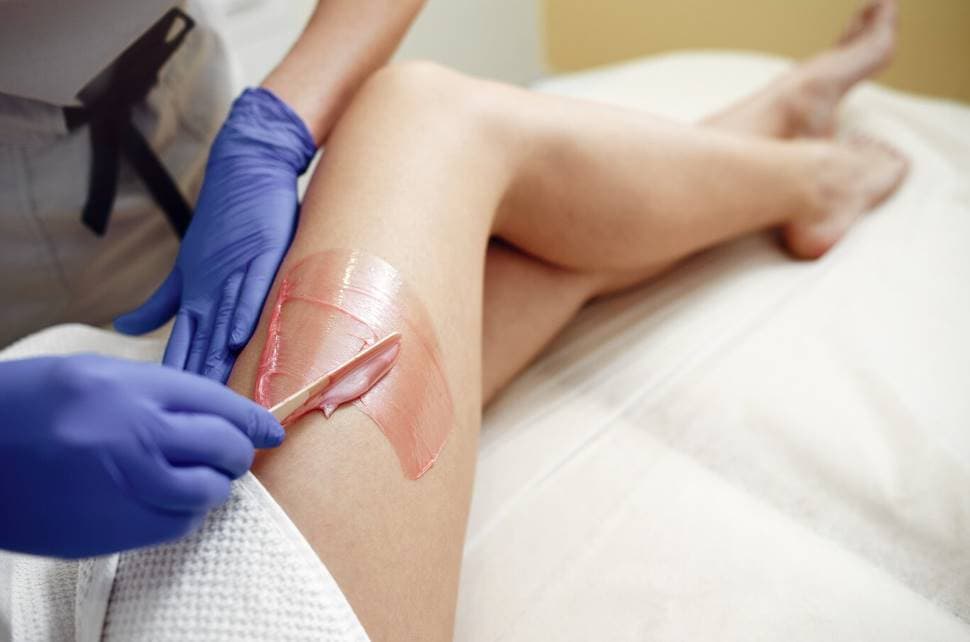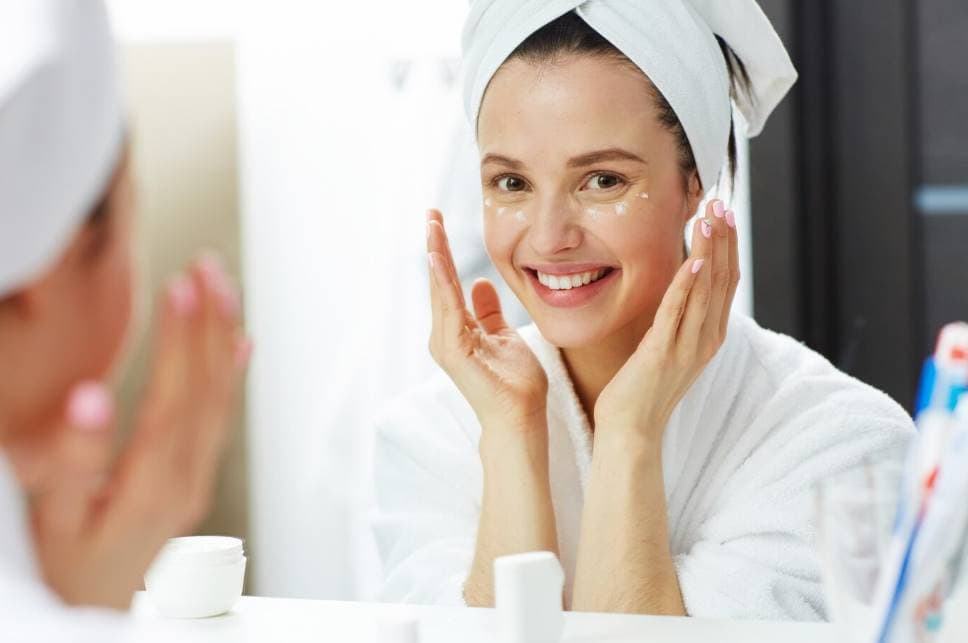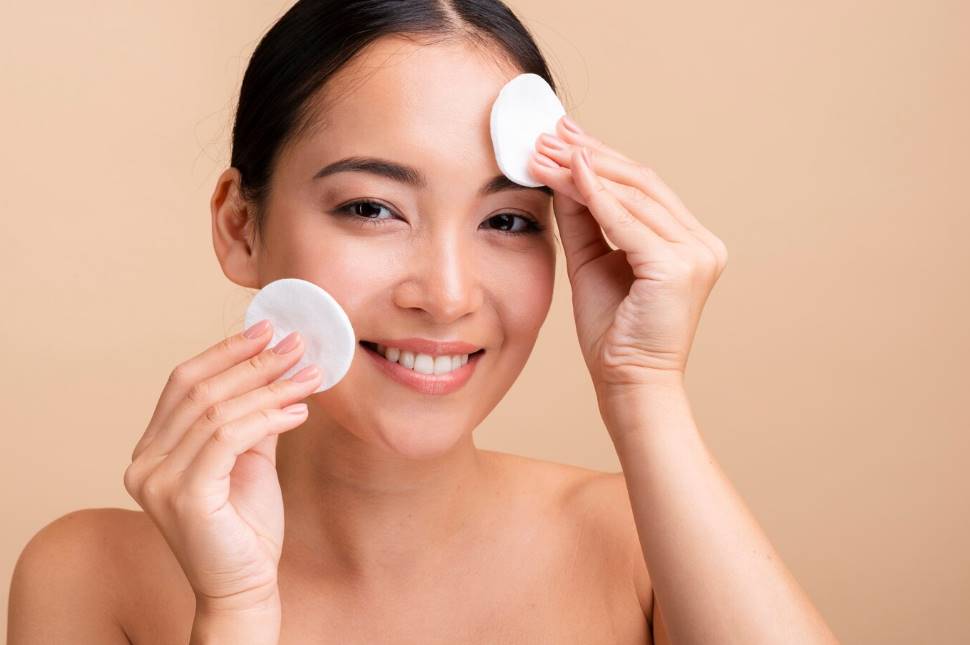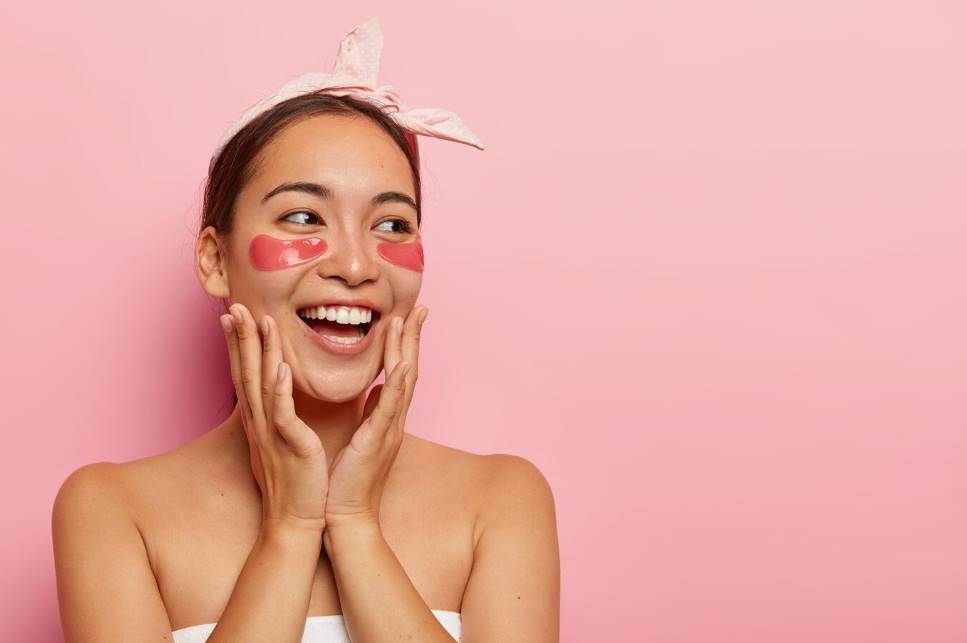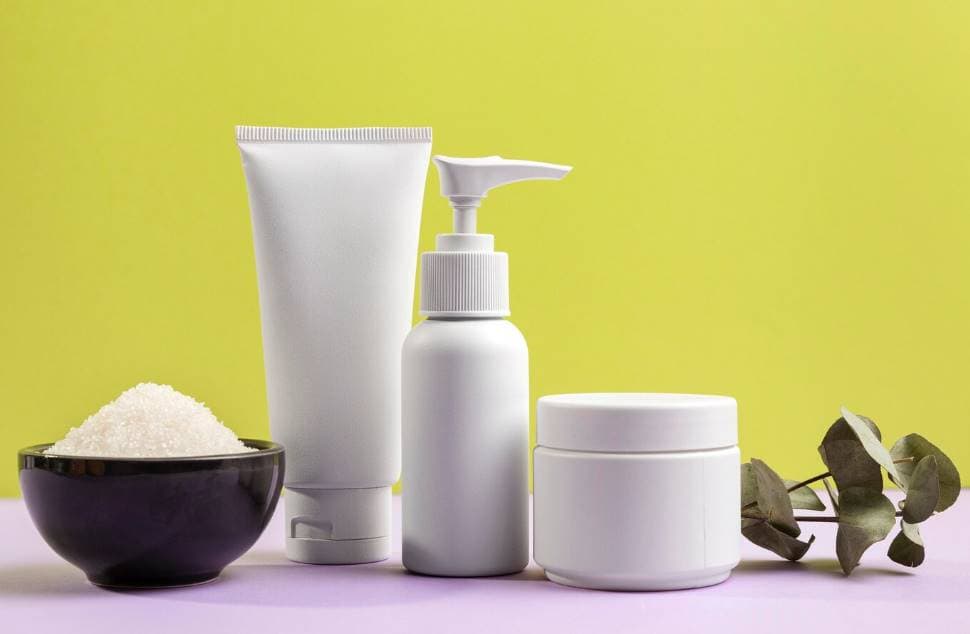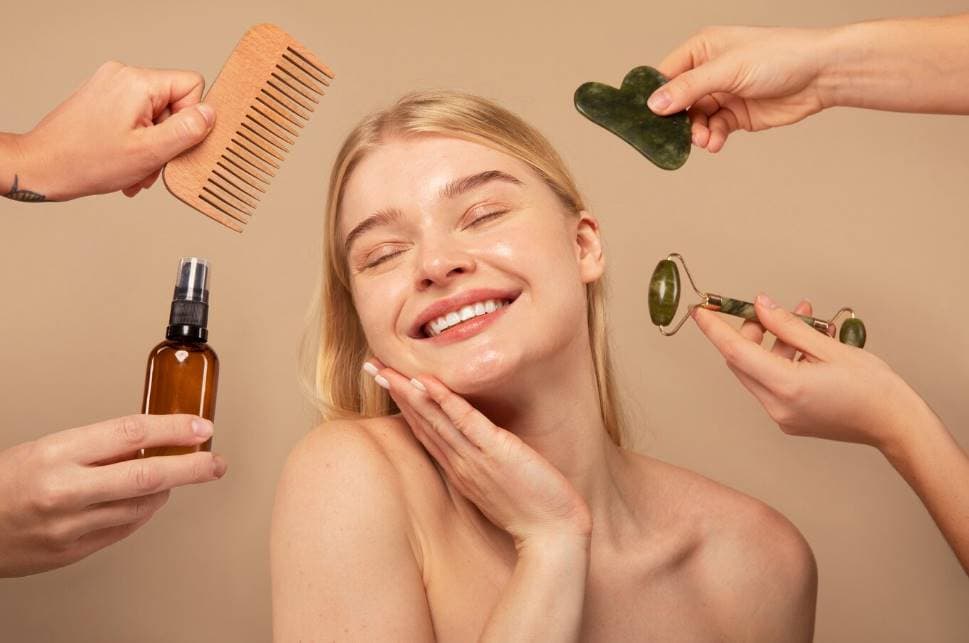For several reasons, anti-aging skincare products have skyrocketed in popularity recently.
The popularity of social media and the selfie culture may be to blame for this shift. Many people resort to anti-wrinkle treatments to look younger due to the increasing pressure to always look perfect in photographs.
Many well-known people have spoken publicly about using Botox and other anti-aging injections, further contributing to the procedures' rising popularity.
The rising availability and cost of anti-wrinkle therapies also contribute to their popularity. Once only available to the privileged few, advances in medical science have made these procedures more widely available than ever before.
What Are Wrinkles?
Wrinkles are the name given to lines that develop on the skin. The creases on a wrinkled shirt are comparable to the creases on a wrinkled face, neck, hands, or arms. Wrinkles or ridges on the skin's surface are possible. Wrinkles are an inevitable part of becoming older.
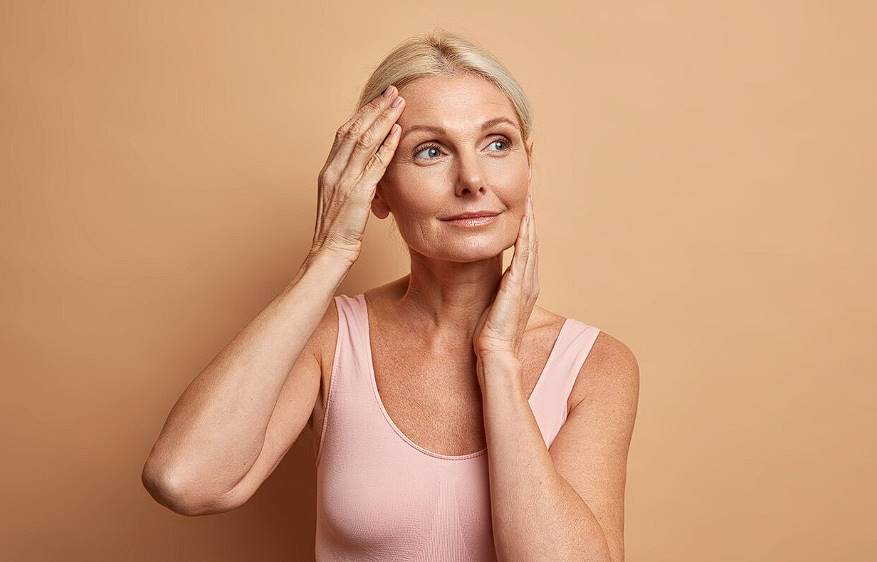
Signs And Causes
What Do Wrinkles Look Like?
Look at the palm of your hand; you will see wrinkles. Similar lines to those in your palm may appear on other flesh as you age. A few telltale signs of aging skin are:
- Wrinkles, folds, or lines on your skin.
- Drooping or loose skin.
You can see wrinkles while your face is at rest, but when you smile or grimace, they may stand out more.
Where Will The Wrinkles Appear On My Body?
Although wrinkles can form everywhere on the body, they tend to show up first on the:
- Face.
- Neck.
- Arms.
- Hands.
- Legs.
Why Do Wrinkles Occur?
Wrinkles develop when collagen proteins are depleted, skin cell turnover is sluggish, and the skin's outer layers become too thin. The protein collagen provides the framework for your skin. It allows for greater mobility thanks to its stretchy, elastic quality.
Your skin is like a rubber band in that respect. Rubber bands lose their elasticity and snap back to their original size and shape if they are stretched or moved beyond a certain point.
The rate at which your cells make proteins decreases as you get older. Wrinkles form because the rubber band can't easily return to its original shape. Several different circumstances can bring on wrinkles in the skin.
Aging
The aging process leaves us with wrinkles as a byproduct. The dermis, the skin's main layer, thins out as cell division slows with age. Dermal elastin and collagen fibres form a network that provides structural integrity and elasticity.
Surface depressions appear as this network loosens and unravels over time. The skin's ability to retain moisture, secrete oil and heal decreases with age. Wrinkles form as a result of a combination of several causes.
Facial Muscle Contractions
Lines in the forehead, between the brows, and around the eyes (crow's feet) form as a result of the constant contraction of these muscles. Wrinkles are made more noticeable by repeated facial emotions like smiling, frowning, or squinting. Gravity and the cumulative effect of various facial expressions eventually lead to wrinkles.
Sun Damage
Excessive time spent in the sun's ultraviolet (UV) rays can lead to photoaging, or premature skin ageing. UV light causes aberrant elastin synthesis by degrading collagen fibres. The skin produces an enzyme called metalloproteinase in response to UV exposure.
Collagen is both formed and reformed by this enzyme. However, in the process, some healthy collagen fibres are damaged, leading to sun elastosis (a disordered fibre production). Repeated, inefficient rebuilding contributes to the appearance of wrinkles over time.
Smoking
Regeneration of healthy skin occurs continuously. Collagen naturally degrades and is expelled from the body to make way for fresh collagen production. Smoking inhibits the body's ability to produce new collagen, according to the study's authors. Wrinkles form because collagen levels drop.
Environmental Factors
When air pollution gets into your pores, it can break down the collagen in your body. There are several environmental pollutants that can lead to wrinkles, but the most common ones are:
- Particulate matter: Particulate matter is a component of the air that consists of small solids and liquids and includes things like smoke, dust, and dirt.
- Soot: When something burns, tiny, solid particles of carbon called soot are produced. Vehicle tailpipes and industrial facilities both contribute to soot in the atmosphere.
- Nitrogen dioxide: There is a gas called nitrogen dioxide in the atmosphere. It occurs most frequently near automobiles, construction sites, industrial production facilities, and various types of lawn and garden machinery.
Does Using Makeup Result In Wrinkles?
Makeup can clog your pores, reducing your body's ability to manufacture collagen proteins. Therefore, it's important to remove it before bed. If you never wash your face, you risk developing wrinkles and other signs of ageing prematurely.
Wrinkles can be avoided by keeping your pores clean by washing off your makeup every night. It's fine to forget to remove your makeup occasionally, but doing so regularly might lead to skin damage due to clogged pores.
How About Caffeine?
Caffeine provides some temporary benefits for your skincare routine. While the study is ongoing to fully understand how caffeine, especially coffee, impacts your skin, these benefits should be addressed.
Caffeine can thus temporarily reduce the visibility of fine lines and wrinkles, but regular consumption of caffeine-containing goods will not eliminate the signs of aging. As an antioxidant, caffeine can prevent free radical damage to collagen, the skin protein responsible for fine lines and wrinkles.
Options For Treating Wrinkles
Wrinkles don't need treatment because they're a natural component of the aging process. There are cosmetic methods for addressing wrinkles if you're unhappy with how they make your skin look.
Retinoids
Chemicals derived from vitamin A called retinoids are used to treat various skin conditions, including fine lines and wrinkles, dryness, uneven pigmentation, and oily skin. Retinol is a common ingredient in many OTC skin care treatments.
To prevent wrinkles, retinol works by stimulating collagen and elastin production deep within the skin. Products containing retinoids can be used topically, meaning they can be applied to the skin just like a lotion or moisturiser. Make sure you consult your doctor before using any retinoid-containing products.
Micro-Needling
For facial rejuvenation, a device with many microneedles is used to pierce the epidermis, the outermost layer of skin, to create a tiny wound. Within minutes, your skin will have repaired the damage and begun producing fresh collagen and elastin. Micro-needling is an effective method for minimising the appearance of fine lines and wrinkles.
Microdermabrasion
The outer layers of skin that are thick or uneven can be removed by microdermabrasion. Scars, discolouration, stretch marks, and sun damage can all be effectively treated with this method.
Dermabrasion
With dermabrasion, your skin's top layers are removed. This procedure involves the removal of layers of skin to smooth out wrinkles or other skin depressions. Your skin will feel and appear younger and smoother as a result of this.
Chemical Peels
Mild chemical solutions are used in chemical peels to remove the outermost layer of damaged skin. The solution exfoliates your skin, allowing fresh, young skin to replace the old. Wrinkles, skin discolouration, and scars respond well to chemical peels.
Laser Skin Resurfacing
Facial wrinkles and acne scars can be diminished by laser skin resurfacing. The laser method involves shining intense, pulsed beams of light on specific patches of skin. Indications that laser skin resurfacing would benefit you include:
- Facial wrinkles, especially those near the forehead, eyes, and lips.
- Wrinkles on the cheeks, forehead, and mouth area.
- Acne scarring.
Laser treatment should be postponed until acne is under control in those who suffer from it. People with darker skin tones are more likely to experience a darkening (hyperpigmentation) of their skin tone after laser resurfacing than those with lighter complexions.
Botulinum Toxin Type A Injection Therapy
Botox and other neuromodulators are generated from the bacterium that causes botulism, which is used to make an injection used to treat wrinkles. They prevent your muscles from contracting by blocking the chemical impulses that trigger them.
The wrinkle-causing muscles, such as the ones between your brows (frown lines) and the ones at the outer corners of your eyes (crow's feet), will be injected with these medications by your doctor.
Fillers
Deep wrinkles in the skin may need to be filled in or lifted using a filler. Most people get their mouth, nose, and chin creases fixed. The most often used filler is hyaluronic acid, a sugar polymer found naturally in the body.
Facelift
A facelift is a procedure to remove sagging facial skin and subcutaneous fat from the face and neck. To further diminish lines and wrinkles, your healthcare provider will additionally tighten the underlying muscular and connective tissue layers.
When Is The Right Age To Begin Receiving Anti-Wrinkle Treatments?
Anti-Wrinkle Injections In Your 20s
It would help if you considered preventive care beginning in your mid to late twenties. Dermatologists agree that anti-wrinkle injections are most effective when administered before the first indications of aging appear, which can be as early as your 20s for conditions including forehead wrinkles, crow's feet, and fine lines.
Anti-wrinkle injections can prevent wrinkles by relaxing the underlying muscles, which relaxes the skin. Fine lines become deeper with age, so many people wish they had begun sooner rather than later.
Do You Often Squint?
Squinting excessively in your twenties might cause "11" lines to appear vertically above your nose. Also, prophylactic anti-wrinkle injections can be helpful if you are prone to developing deep creases and wrinkles due to your expressive nature.
There's a myth that people who start injectables in their twenties will become permanently reliant on them. But that's not what's happening! If you start treating wrinkles as soon as you notice them, you can reduce the frequency of your visits.
Anti-Wrinkle Injections In Your 30s
If you're in your 30s, you may have done more unintentional harm to your skin from the sun due to increasing exposure. The increased facial muscle activity that comes with getting older can cause wrinkles, most notably on the forehead, around the eyes, and nose.
Although it's important to have a realistic outlook on ageing and learn to accept the inevitable creases that come with it, doctors can inject anti-wrinkle injections in specific areas to retrain your face to avoid making those lines permanently.
Anti-Wrinkle Injections In Your 40s
Facial muscle activity is only one factor in determining the ideal time to begin anti-wrinkle injections; other lifestyle factors, such as smoking and sun exposure, as well as altitude, might hasten the onset of wrinkles in some people.
If you notice that your lines and wrinkles persist after the underlying cause of the lines and wrinkles has ceased (for example, if you have crow's feet even when you're not smiling), it may be time to consider anti-wrinkle injections.
People who wait until they are in their 40s to get therapy or who wait until they have deep wrinkles and creases may need more treatments in the future. As wrinkles get more deeply set in the skin, they might be more challenging to treat.
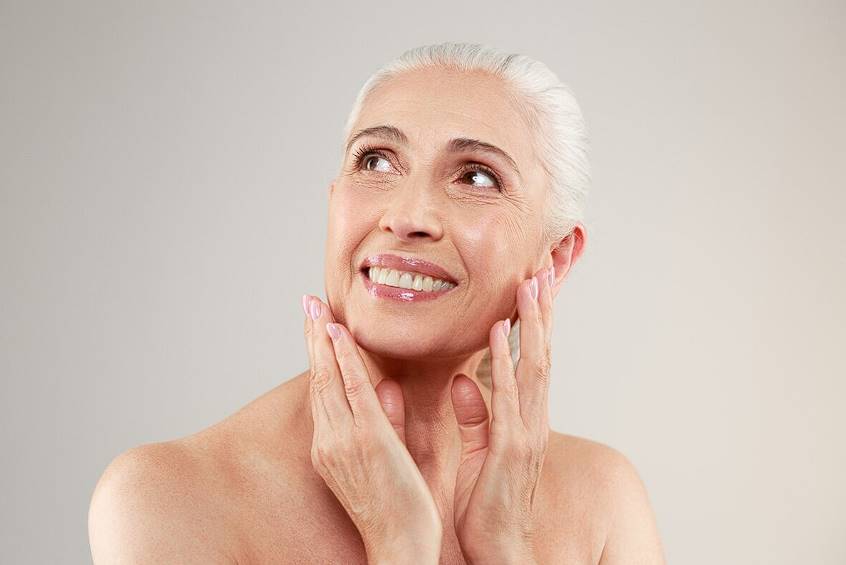
Does The Treatment Have Any Adverse Effects?
Any anti-wrinkle treatment may cause unwanted effects or have unexpected problems. Before beginning treatment, discuss any adverse effects with your healthcare practitioner and tell them about any other skin care products, medications, or supplements you take. When it comes to wrinkle treatments, some of the most prevalent adverse effects include:
- A medication allergy response.
- Swelling.
- Pain.
- Scarring.
- Bruising.
Prevention
How Can You Minimise Wrinkles From Appearing?
Wrinkles are something that develops naturally with age. Wrinkles are inevitable, but you can delay their onset by following these tips.
- To avoid sun damage, apply sunscreen every day.
- Never use tanning beds.
- Regularly moisturising your skin.
- Remove makeup using a cleanser or a wash of your face.
- Refrain from smoking.
- Maintaining hydration.
- Maintaining a nutritious, well-balanced diet.
Conclusion
Wrinkles are lines on the skin that look like the ones on a shirt that has been pressed. They look like signs of getting older, like wrinkles, folds, and sagging or loose skin. The face, neck, arms, hands, and legs are usually the first places where wrinkles show up. When collagen proteins are used up, when skin cell turnover is slow, and when the top layers of skin get too thin, wrinkles form.
Wrinkles are caused by ageing, facial muscle contractions, sun damage, smoking, and things in the surroundings. Ageing causes collagen proteins to break down, which makes the body less flexible and mobile. By breaking down collagen fibres, sun damage causes elastin to be made in the wrong way. This is called sun elastosis. When you smoke, your body can't make new collagen, which causes lines.
Wrinkles can also be caused by things in the environment, like air pollution, smoke, dust, and dirt. Pollutants like soot, particulate matter, and nitrogen dioxide can break down collagen in the body. To keep from getting lines too soon, you should take off your makeup before bed and wash your face every night.
Caffeine has brief benefits for skin care, like making fine lines and wrinkles less noticeable. But drinking products with caffeine on a daily basis won't stop the signs of ageing. Caffeine is an antioxidant that can stop free radicals from damaging collagen, the protein in the skin that causes fine lines and wrinkles.
Wrinkles are a normal part of getting older, and there are many ways to get rid of them. Retinoids are made from vitamin A and are used to treat face problems like fine lines, wrinkles, dryness, uneven pigmentation, and oily skin. Microneedling is a good way to make your face look younger, and microdermabrasion removes scars, discolouration, stretch marks, and sun damage from your skin. Dermabrasion takes off the top layers of damaged skin, which smooths out lines and makes the skin look younger and smoother. Chemical peels remove dead skin from the face, letting new, younger skin grow in its place. Laser skin resurfacing makes lines and acne scars on the face less noticeable, but it shouldn't be done until the acne is under control.
Botulinum toxin type A injection therapy is another choice. Botox and other neuromodulators are used to block chemical impulses that cause wrinkles. Deep lines in the skin are often filled with fillers like hyaluronic acid. During a facelift, sagging skin and subcutaneous fat are removed from the face and neck. This tightens the muscles and connecting tissues underneath.
When you should start anti-wrinkle treatments depends on things like how active your face muscles are, if you smoke, how much sun you get, and how high you live. Anti-wrinkle injections can stop lines by relaxing the muscles underneath, which can help cut down on the number of times you have to go. Preventive steps like using sunscreen every day, staying away from tanning beds, moisturising regularly, removing makeup, not smoking, staying hydrated, and eating a healthy diet can help keep wrinkles from showing up.
Content Summary
- The rise of selfies has increased the demand for wrinkle treatments.
- Many opt for anti-wrinkle therapies to perfect their photographic appearance.
- Celebrities openly endorsing Botox boosts its popularity.
- Medical advancements have made anti-wrinkle treatments more accessible.
- Wrinkles are age-induced lines that appear on the skin.
- These lines are similar to creases on a wrinkled shirt.
- Signs of wrinkles include visible lines and drooping skin.
- Common wrinkle-prone areas are the face, neck, arms, and legs.
- Collagen depletion is a major cause of wrinkles.
- Repeated facial expressions can accentuate wrinkles over time.
- Sun damage plays a role in premature skin ageing and wrinkle formation.
- Smoking can affect collagen regeneration, leading to wrinkles.
- Pollutants like soot and nitrogen dioxide may contribute to skin ageing.
- Wearing makeup without proper removal can clog pores and induce wrinkles.
- Occasional caffeine consumption has some benefits for skin health.
- Retinoids, derived from vitamin A, are popular in anti-wrinkle treatments.
- Micro-needling stimulates collagen production, reducing wrinkles.
- Microdermabrasion exfoliates the outer skin layer to treat scars and wrinkles.
- Dermabrasion is an intense exfoliation process for smoother skin.
- Chemical peels use mild solutions to replace damaged skin with fresh skin.
- Laser skin resurfacing targets facial wrinkles and acne scars.
- Botox injections relax wrinkle-causing muscles for smoother skin.
- Fillers help address deep wrinkles by filling or lifting the skin.
- Facelifts involve removing saggy skin and tightening underlying tissues.
- Considering treatments in the 20s can be a preventive measure against deep wrinkles.
- If you're expressive, early anti-wrinkle injections can mitigate future lines.
- Starting treatments early doesn't mean lifelong dependence.
- In the 30s, accumulated sun damage might make treatments more appealing.
- The 40s may see more persistent wrinkles, indicating treatment time.
- Those starting treatments in the 40s might need more frequent sessions.
- Like all treatments, anti-wrinkle procedures can have side effects.
- Common side effects include allergic reactions, swelling, and bruising.
- Consulting healthcare professionals beforehand can minimise risks.
- Sunscreen application is a key preventive measure against wrinkles.
- Tanning beds are a big no-no for wrinkle prevention.
- Regular moisturising can maintain skin health, warding off wrinkles.
- Proper makeup removal is vital for wrinkle prevention.
- Staying hydrated helps in maintaining youthful skin.
- A balanced diet contributes to healthier, wrinkle-free skin.
- Facial muscle contractions from repeated expressions contribute to wrinkles.
- With age, the skin's dermis thins, leading to wrinkles.
- Sun's UV rays degrade collagen, affecting skin elasticity.
- Ageing naturally reduces the rate of cell protein synthesis.
- Enzymes responding to UV exposure can inadvertently damage healthy collagen.
- Makeup, if not removed, can affect collagen production.
- Environmental pollutants can break down collagen, leading to wrinkles.
- Occasional caffeine consumption can be beneficial for skin health.
- Prevention is key; starting early can slow wrinkle development.
- While wrinkles are a natural ageing sign, treatments can boost confidence.
- Wrinkle treatments have evolved, offering various options based on individual needs.
Frequently Asked Questions
Fine lines start wrinkles and look like small creases on your skin. They're closer to the surface of your skin, whereas wrinkles are deeper into your skin. You'll notice fine lines on your face where you make repetitive movements, like around your eyes and mouth, when you smile or squint. Fine lines met with age and gravity form wrinkles. Wrinkles are deeper creases or folds within your skin that can form anywhere.
Some treatment options are available to remove wrinkles from your skin, like dermabrasion permanently. Not all procedures are permanent, but they offer temporary cosmetic changes to give you a more youthful appearance. You can get multiple procedures to remove wrinkles over time to maintain your results.
Most people start to see signs of aging on their skin after turning 25 years old. You'll first notice fine lines on your skin that turn into wrinkles as your skin loses elasticity and structure.
Differin® is an over-the-counter skincare product that contains retinoid ingredients. Retinoids help minimize lines and wrinkles on your skin. The product also treats acne.
Research suggests that the immune system is weakened without sufficient sleep, which can impact the quality and strength of collagen. As a result, the skin's health decreases, potentially causing wrinkles. Insufficient sleep has been associated with increased wrinkles.
